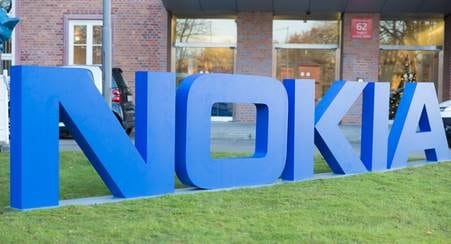Telefonica Spain has selected Nokia’s next-generation optical solution for its new metro transport network to handle the massive traffic growth fueled by its successful Fusion quadruple-play services. To date, Fusión has more than 15 million fiber lines, the widest adoption in Europe, and four million pay-TV subscribers. Nokia will deploy the network in areas of high population density including Barcelona and Catalonia, ultimately covering half of Spain.
The vendor, said Telefonica, will provide multiple elements of its recently enhanced optical portfolio based on the Nokia Photonic Service Engine version 2 (PSE-2), including its scalable packet-OTN switch, the Nokia 1830 PSS-24x. Consisting of metro access, aggregation and core mesh connectivity, the new transport network will provide the flexibility and scalability required to cope with traffic growth from Telefónica Spain expanding Fusión data and video services across high-density centers in Spain, it added.
According to Telefonica Spain, the explosive growth in video traffic on its networks from its Fusión quadruple-play offer and, in particular, its Movistar TV service, which has expanded to include Canal+ services and the introduction of ‘catch-up’ TV services gave rise to the Operator's 'Fusión Red IP' project, the first global transformation project of its kind conducted by a service provider.
Javier Gutierrez, Director of Network Strategy and Development, Telefonica Spain
The demand for video as part of our Fusión service has moved our data traffic to levels never before seen. We have, however, anticipated this growth and are evolving our network through our Fusión Red project – first for IP, and now at the transport layer.
Sam Bucci, Head of Nokia’s Optical business
Nokia’s recently announced optical innovations will lay the groundwork necessary for Telefónica to easily handle the surge in traffic brought on by it’s highly successful Fusión quad-play service, both now and well into the future.




















